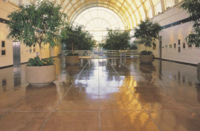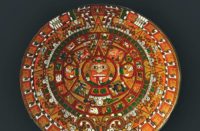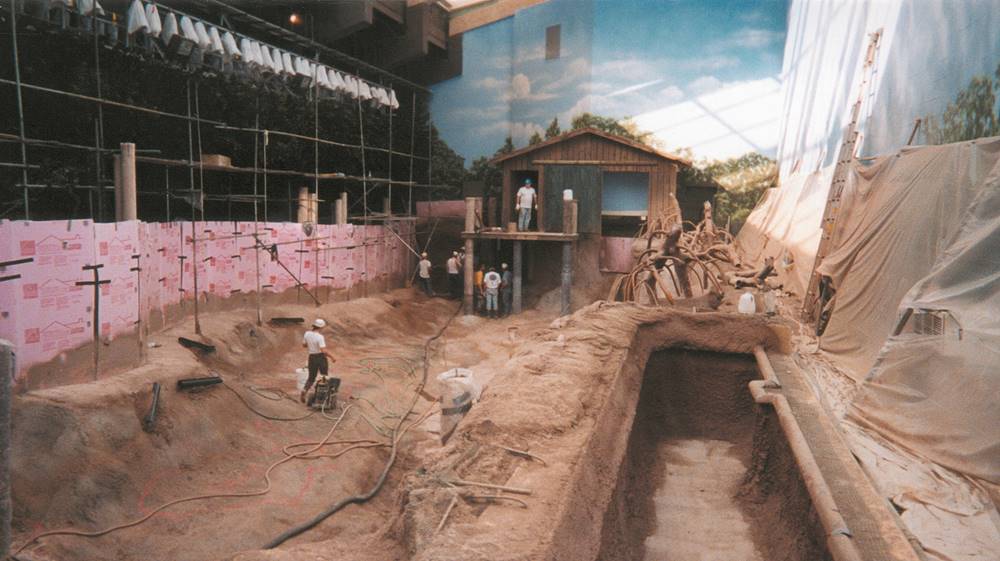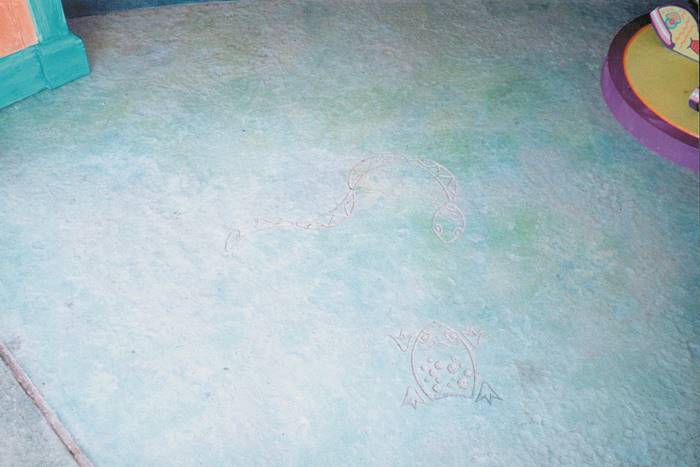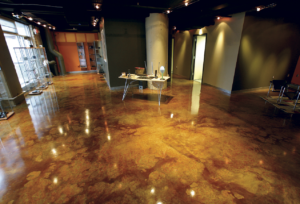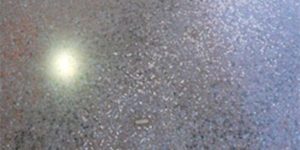Densifier
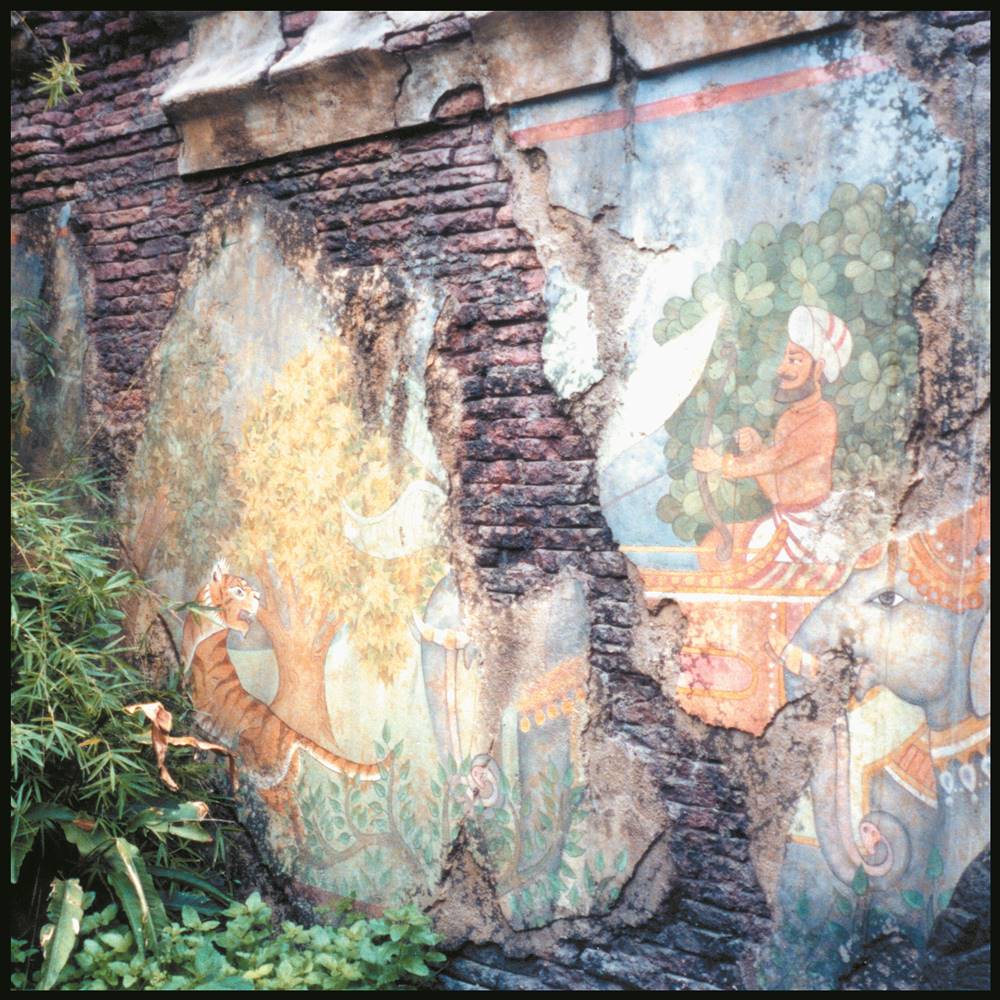 Using densifiers to stop concrete moisture problems also stops the deterioration of the concrete and improves the integrity of the concrete. New concrete uses it as a cure. Older concrete uses it as a “densifying” sealer under the decorative overlayment.
Using densifiers to stop concrete moisture problems also stops the deterioration of the concrete and improves the integrity of the concrete. New concrete uses it as a cure. Older concrete uses it as a “densifying” sealer under the decorative overlayment.
Imagine putting down a colored, architectural concrete walkway that will be used by tens of thousands of people per day. Seven days a week, 365 days a year. Add to the mix a concrete contractor’s nightmare of staining substances. Stains can include things such as spilled coffee, colas and any manner of sticky substances. Keep in mind these substances will have to be removed on a daily basis with a minimum amount of expended labor. Now imagine you have to guarantee that your walkway will look just as it did the day it opened — five years from now.
This is certainly not your typical scenario, but it is one that is faced by concrete contractors who work regularly with the nation’s largest theme and amusement parks.
“We’re not talking about a typical residential walkway or swimming pool patio,” says “Honk” Visger, general superintendent of Site Technology in Atlanta. “Yet, even though it has to stand up to extremely high-volume pedestrian traffic, when you’re working on a theme park, the finished product can’t look industrial. It has to blend in with the surroundings, and look every bit as pretty as something you would find in a high-end private residence.
Tiger Wall
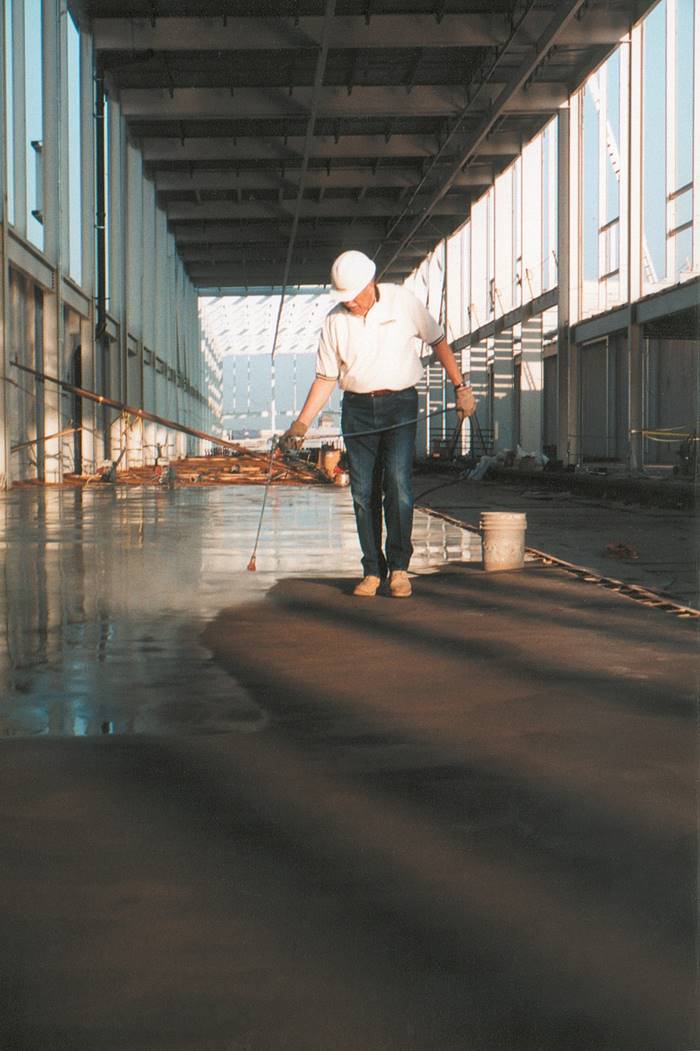
This new wall is was produced with shotcrete application using two colors of integrally colored concrete. Densifier was applied prior to the artists painting work. Protecting the painting was the use of a UV sealer.
Visger works with virtually every type of architectural concrete in his walkway projects for a number of the top theme parks in the country, including colored stamped, textured and exposed aggregate. But he says he gets a lot of help in preserving his projects’ color integrity. He got help with the use of a product called Protecrete Densifier. Others may know it as Protecrete-CDS Concrete Densifier Sealer.
“Densifier works extremely well in preventing staining substances from penetrating the concrete,” says Visger. “These walkways have to hold up to everything from strawberry ice cream to Coca-Cola, and every other imaginable thing that can be spilled on them. We’ve found that Densifier not only helps to prevent staining, but also makes it much easier to wash down the walkways at the end of the day.”
Densifier is currently the only product available for already-poured concrete that makes “concrete within concrete.” When Densifier is used at any point in the concrete’s lifespan, the concrete becomes better than it was in the beginning.
Purpose
The purpose of Densifier is to fortify the concrete, or make it denser. Normally, applying it to the concrete sooner is better. (The exception to that rule is when the concrete contains chlorides, like a calcium chloride accelerator. Which Densifier will push to the surface if in a wet, or solublized state, like it is in very fresh concrete. This is not a disaster, but it does require that the concrete be cleaned.) Densifier stops the deterioration and improves the integrity of the concrete at any stage in its lifespan, beginning as early as the concrete can be walked on without leaving footprints. New concrete uses it as a cure. Older concrete uses it as a “densifying” sealer under the decorative overlayment. Then “densify” the overlayment with Densifier.
“Within 28 days of application, the concrete can be expected to be 20 to 30% stronger,” says Andrea Bright, president of PROTECRETE. “Another thing we like to point out is that Densifier is environmentally safe. Not just friendly, but actually safe. It won’t burn your skin, and it doesn’t harm vegetation either.
Bright says that what this means to contractors is that there’s no fear in applying it and having it hurt them. Although, a painter’s mask is recommended when it is applied. it’s recommended that a painter’s mask is worn during application. Due to the airless sprayer kicking up concrete dust, which IS harmful.
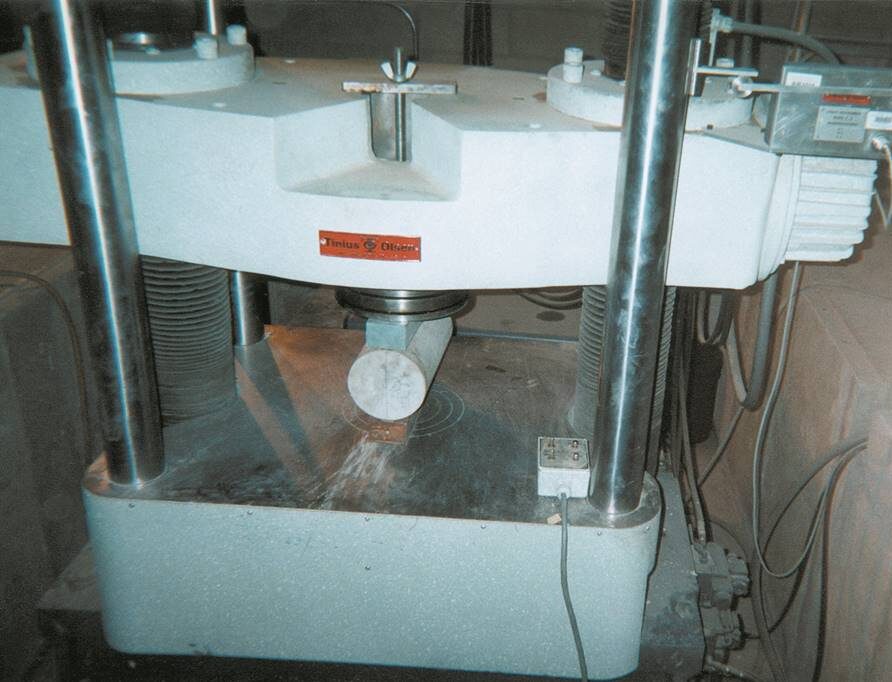
“What this means to building owners, homeowners and environmentalists is that harmful chemicals aren’t leaching into the environment — such as with the now outlawed silanes and siloxanes. Plus Densifier is keeping harmful by products, such as concrete dust, radon, etc., sealed within the concrete.”
Other Uses
Preventing stains, however, is by no means the only advantage to using Densifier, any more than walkways are the only uses of concrete in a theme park.
Sam Bennington is project manager of Rock Waterscape Systems in Orlando, Florida. His company is a concrete contractor specializing in artificial rock work. His company’s work can found in the most popular theme parks in the United States.
“We use Densifier primarily to stop the efflorescence in the concrete,” says Bennington. “So in situations where our concrete is under water, such as in waterfalls, the calcium in the concrete will work its way to the surface and leave all those little white efflorescence marks. By using Densifier, we can eliminate a good 95% of that efflorescence. It greatly reduces the call backs we get from people who would otherwise call us and say, ‘The rock is all white, what are you going to do about it?'”
Using Densifier
Bennington says his company’s method of making magic in theme parks is to put the concrete down, put the Densifier on the surface, and then paint the rock with acrylic latex paints, or on occasion, apply acid stains. He says the sequence of applications is important.
“We had a client who wanted to do the acid stain first, and then put the Densifier over that,” he recalls. “Because the product will bring soluble salts to the surface, it ends up with a white powder that looks like snow over everything. So the sequence needs to be Densifier first, wash it off. Then get rid of anything the Densifier has forced to the surface, and then paint or stain it. If you reverse that process, you’ll end up having to paint or stain it all over again. After staining or painting it we put a clear sealer over it that contains a UV inhibitor that keeps the paint from fading.
Specialists
According to Randall Henry of Elite Crete Systems, a Colorado Springs based contractor and training facility for decorative specialists. Henry notes that Densifier works to create better color control when working with acid stains on old concrete. “Densifier does two jobs. First, using densifiers to stop concrete moisture problems keeps it from migrating up through the slab. This can have an adverse darkening effect on blue and green colored acid stains. Second, it keeps the water in the stain from sinking into the concrete too deep which limits your control with the stain. Surfaces treated with the Densifier provide more consistent color with acid stains across any surface,” says Henry.
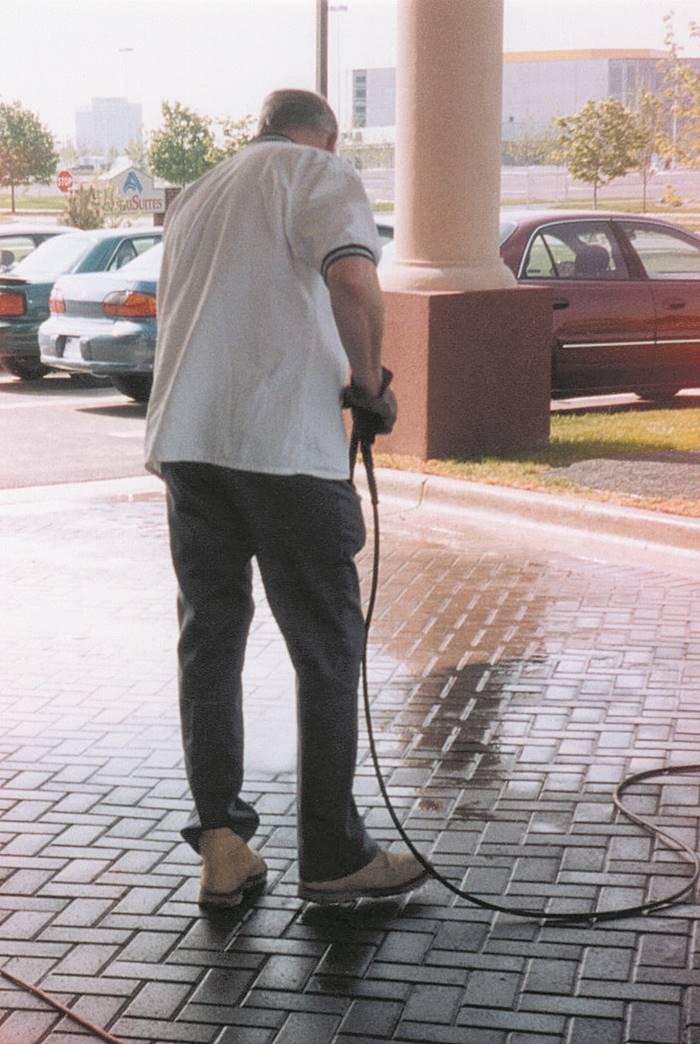 Applying densifier should always be with an airless paint sprayer at medium pressure. Low pressure should be used when on hours-old concrete. The best tip size for medium and low pressure is .019. Applying Densifier with an airless sprayer atomizes the material allowing it to penetrate deeper into the surface. Densifier can be tricky to remove after it dries from surfaces like glass. It can dull some metals, so the manufacturer always recommend covering surfaces not intended for treatment. The product will not harm people, although the manufacturer’s label warns against ingesting it.
Applying densifier should always be with an airless paint sprayer at medium pressure. Low pressure should be used when on hours-old concrete. The best tip size for medium and low pressure is .019. Applying Densifier with an airless sprayer atomizes the material allowing it to penetrate deeper into the surface. Densifier can be tricky to remove after it dries from surfaces like glass. It can dull some metals, so the manufacturer always recommend covering surfaces not intended for treatment. The product will not harm people, although the manufacturer’s label warns against ingesting it.
More Information
In addtion to using densifiers to stop concrete moisture problems, Bright maintains that densifier is easy to apply and can be applied in a single application. Other products require two and three applications to be effective. This, she says, saves in labor costs.
“Basically, all it involves is pointing a wand and waving it back and forth six inches from the surface. It goes on very quickly,” she says. “Saving application time is where a contractor can make a lot of money on this product. One person can spray anywhere from 3,000 square feet an hour using a small sprayer to 15,000 square feet an hour using one of the large sprayers. And, unless the concrete is extremely old and porous, the concrete does not need a second application.”
Densifier travels deep into the concrete, forming a gel-like barrier using the free alkali. This is leftover cement from the original placement. Water and other contaminants cannot penetrate the resulting substance. Because it becomes an actual part of the concrete, it can’t be worn away. This makes the product economical and is taking advantage of using densifiers to stop concrete moisture problems.
“The concrete doesn’t even have to be that clean for Densifier to work,” says Bright. “Of course, things that would block its entry would have to be removed, like acrylics or other impenetrable substances. But you don’t have to make sure it’s perfectly clean. It will travel through light dirt and dust and even certain other sealers. This also saves in labor costs.”
Product Information
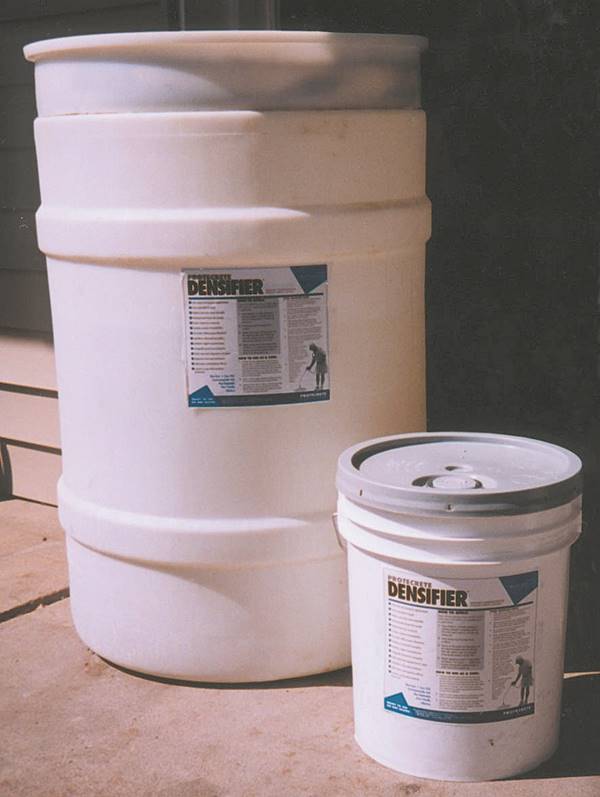 A companion product to Protecrete densifier is its Mix Water Conditioner (MWC). MWC uses up most of the mix water due to the change in the water’s chemical composition. Ordinary concrete usually leaves greater amounts of water left over.
A companion product to Protecrete densifier is its Mix Water Conditioner (MWC). MWC uses up most of the mix water due to the change in the water’s chemical composition. Ordinary concrete usually leaves greater amounts of water left over.
MWC is a clear, environmentally neutral, non toxic, odorless, non-VOC or VOS liquid. Concrete containing MWC at the recommended dosage rate of 10 ounces per hundred weight has been shown to produce concrete with virtually no shrinkage cracking and virtually no curling. As measured per ASTM C-157, it has a shrinkage rate of 0.015.
MWC is not advantageous only for large pours, either, as evidenced by its use at Soupcan, Inc. A Chicago company which manufactures high-end concrete tubs, sinks and countertops.
“We’ve noticed that not only does Mix Water Conditioner give us a better all around concrete to work with for manufacturing purposes, resulting in less curling and warping in our slabs, but it’s also excellent for colored concrete work,” says Gerry Santora, president. “Simply by adding a little of the product to our mix water enhances our color because we’re getting a more homogenous mix with the material in there. Red remains red, not pink. Grass green is grass green and not a pale green version of itself.”
It certainly appears that in the case of MWC, what you see is what you get. And that’s a good thing for contractors working with decorative concrete.
